Introduction
In the rapidly advancing landscape of technology, the concept of the “Home of Tomorrow” has emerged as a beacon of innovation and efficiency. As we navigate the complexities of the modern era, the integration of smart technologies into our living spaces has become not just a luxury but a necessity. This article delves into the evolution of smart homes, explores the key features of the future home, and analyzes the practical implications of smart living.
Evolution of Smart Homes
Smart homes are not a recent phenomenon; their roots trace back to the early experiments with home automation. From the invention of the first thermostat to the introduction of remote-controlled appliances, the journey towards the Home of Tomorrow has been marked by significant milestones. These technological strides have paved the way for the sophisticated smart living spaces we envision today.
Key Features of the Future Home
IoT Integration
At the heart of the Home of Tomorrow lies the seamless integration of the Internet of Things (IoT). This connectivity allows various devices and systems to communicate, creating a network of intelligent entities within the household. From smart refrigerators that notify you when groceries are running low to thermostats that adapt to your preferences, IoT forms the foundation of an interconnected living environment.
AI-Powered Automation
Artificial Intelligence (AI) takes center stage in the future home, driving automation to unprecedented levels. Smart homes equipped with AI can learn from occupants’ behaviors, optimizing energy usage, and predicting preferences. Imagine a home that adjusts lighting and temperature based on your mood or schedules routine tasks, providing an unparalleled level of convenience.
Sustainable and Eco-Friendly Design
The Home of Tomorrow is not just intelligent; it’s also environmentally conscious. Sustainable design principles, coupled with eco-friendly technologies, contribute to a greener living space. Solar panels, energy-efficient appliances, and water-saving systems play a crucial role in minimizing the ecological footprint of smart homes.
Smart Living Spaces in Practice
To comprehend the impact of the Home of Tomorrow, examining real-world applications is essential. Case studies of innovative smart homes showcase the practicality of advanced technologies. These living spaces serve as laboratories, experimenting with the integration of AI, IoT, and sustainable practices.
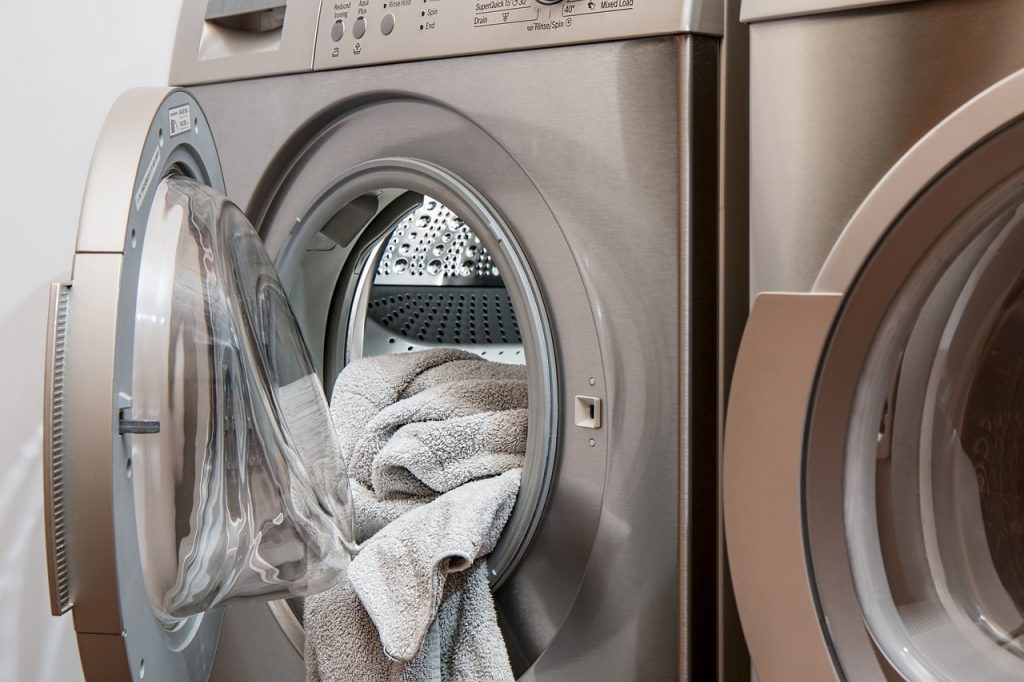
Enhanced Security Measures
While the convenience of smart living is enticing, security remains a paramount concern. The Home of Tomorrow addresses this with state-of-the-art security measures. Smart surveillance systems equipped with facial recognition, biometric access points, and advanced encryption protocols ensure that your home is not just smart but also secure.
Energy Efficiency and Sustainability
One of the defining characteristics of the future home is its commitment to energy efficiency. Integrating renewable energy sources such as solar panels not only reduces reliance on traditional power grids but also contributes to a more sustainable future. Smart systems manage energy consumption, optimizing usage patterns to minimize waste.
Personalized AI Assistants
Picture a home where your personal AI assistant anticipates your needs. AI becomes an integral part of daily life, managing tasks, answering queries, and even engaging in casual conversations. Conversational interfaces and virtual assistants redefine the way we interact with our living spaces, making the Home of Tomorrow a truly intuitive environment.
Health and Wellness in Smart Homes
The future home extends its influence beyond convenience and efficiency to prioritize the health and well-being of its occupants. Smart health monitoring devices, integrated into the living environment, track vital signs, provide health insights, and even offer recommendations for a healthier lifestyle.
Challenges and Concerns
However, the journey towards the Home of Tomorrow is not without hurdles. Privacy concerns arise as the amount of data collected by smart homes increases. Security vulnerabilities and the potential for data breaches pose significant challenges that must be addressed to ensure the widespread acceptance of smart living.
Regulatory Landscape
Governments and regulatory bodies play a crucial role in shaping the future of smart homes. Current regulations govern aspects like data privacy and consumer protection, but as technology advances, there is a need for evolving and adapting regulations to address emerging challenges.
Affordability and Accessibility
While the allure of smart living is undeniable, the cost of implementing these technologies has been a barrier for many. Bridging the gap between affordability and accessibility is crucial to ensuring that the benefits of smart homes are not limited to a privileged few.
Impact on Daily Life
As smart homes become more prevalent, the impact on daily life is inevitable. Changes in routines, habits, and even the psychological well-being of occupants are all influenced by the integration of technology. Adapting to this shift requires not just technological literacy but also a willingness to embrace change.

Future Trends and Innovations
Looking ahead, the Home of Tomorrow continues to evolve. Emerging technologies, such as augmented reality and advanced robotics, promise to further revolutionize smart living. Anticipated trends in the next decade include even more intuitive AI, seamless integration of smart devices, and enhanced energy storage solutions.
User Adoption and Resistance
The success of smart homes hinges on user adoption. Understanding the factors influencing acceptance and strategies to overcome resistance is vital. Education, affordability, and addressing concerns about privacy and security are key components in ensuring widespread adoption of smart living technologies.
Conclusion
In conclusion, the Home of Tomorrow is not a distant fantasy but a tangible reality taking shape before our eyes. The amalgamation of IoT, AI, sustainability, and enhanced security is reshaping the way we perceive and interact with our living spaces. As we navigate the complexities of the modern era, the inevitability of the Home of Tomorrow becomes increasingly apparent.
FAQs (Frequently Asked Questions)
- Are smart homes only for the affluent?The initial costs of implementing smart home technologies may seem high, but ongoing developments aim to make these innovations more affordable and accessible to a wider audience.
- How secure are smart homes from cyber threats?Security is a top priority in the design of smart homes. Robust encryption, biometric access, and regular software updates help mitigate the risks associated with cyber threats.
- Can I retrofit my current home to make it smart?Yes, many smart devices are designed for easy integration into existing homes. From smart bulbs to intelligent thermostats, retrofitting is a feasible option.
- Do smart homes compromise privacy?Privacy concerns are acknowledged in the development of smart home technologies. Opting for products with transparent privacy policies and staying informed about data usage can help mitigate these concerns.
- How does AI in smart homes benefit daily life?AI in smart homes streamlines daily tasks, learns user preferences, and enhances overall convenience. From adjusting lighting to managing schedules, AI becomes a personalized assistant in the Home of Tomorrow.


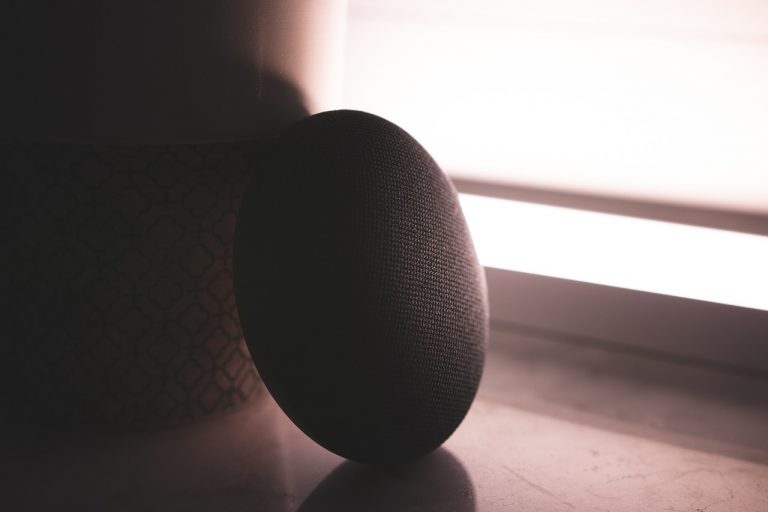
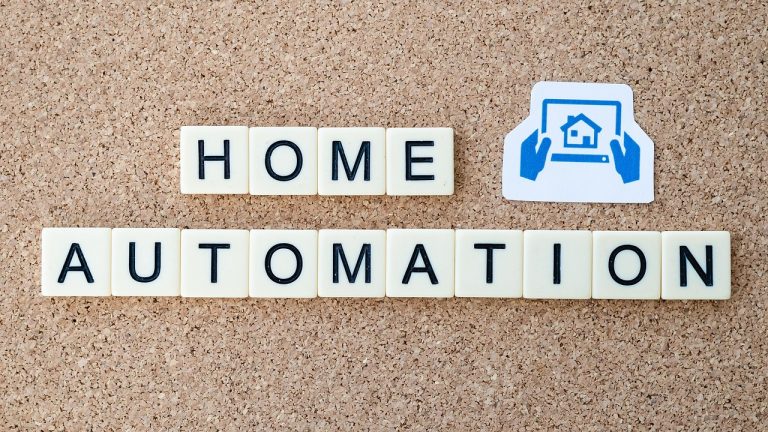
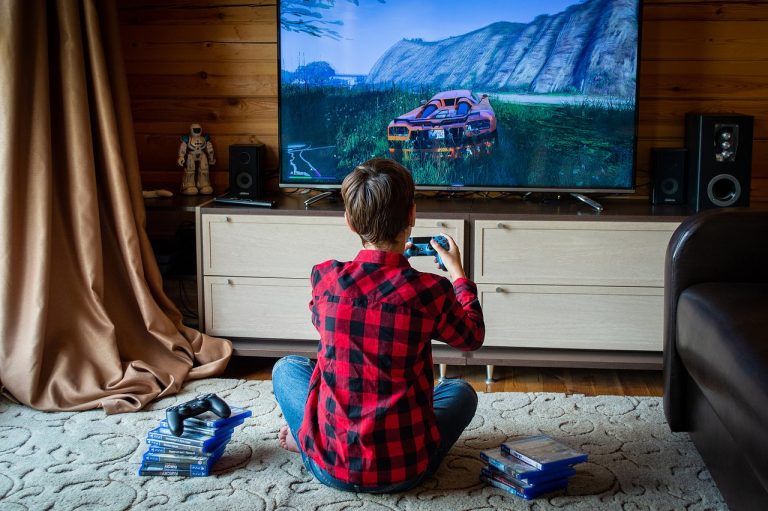







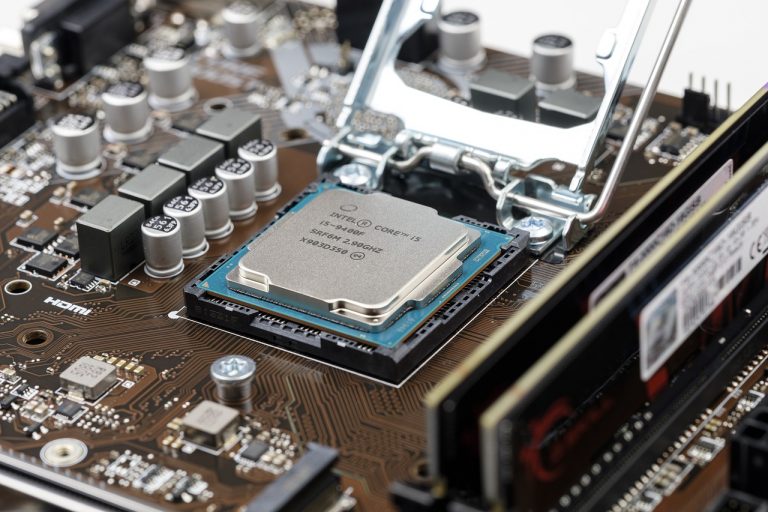

+ There are no comments
Add yours